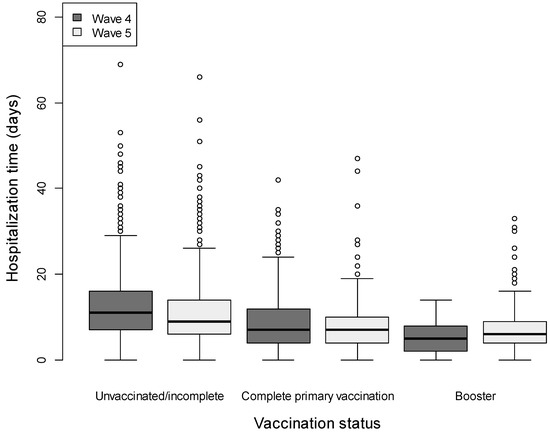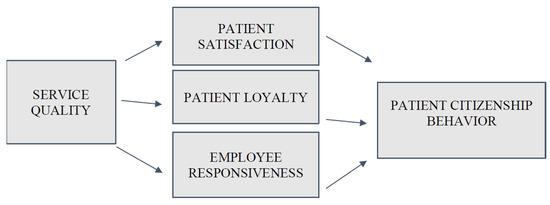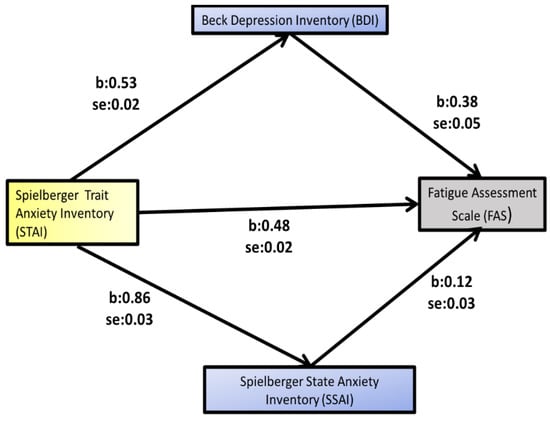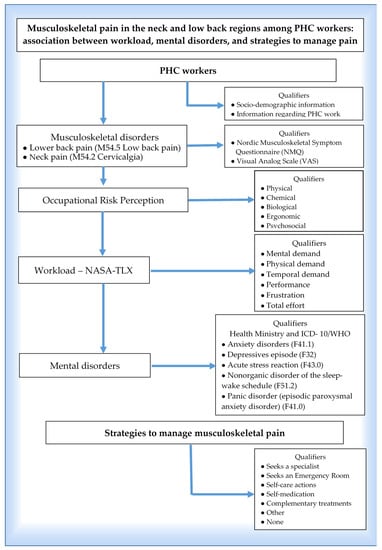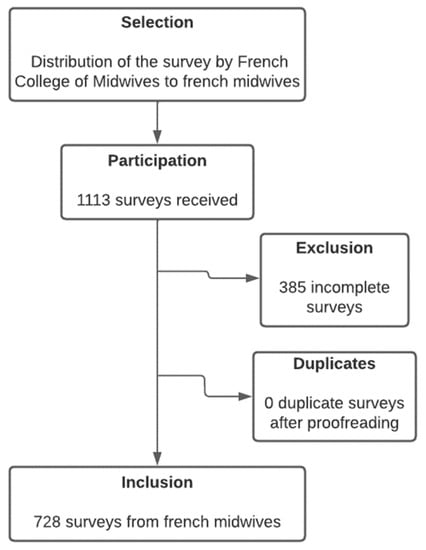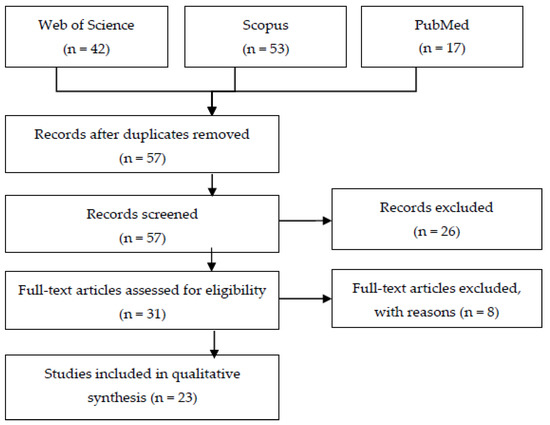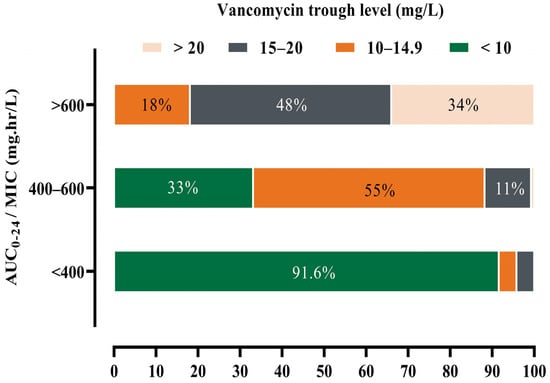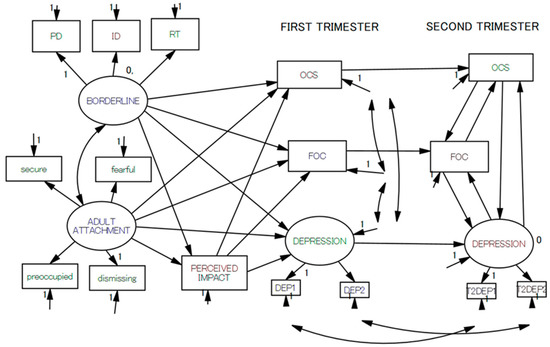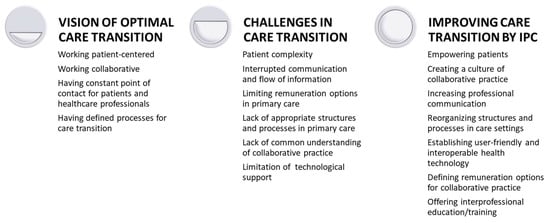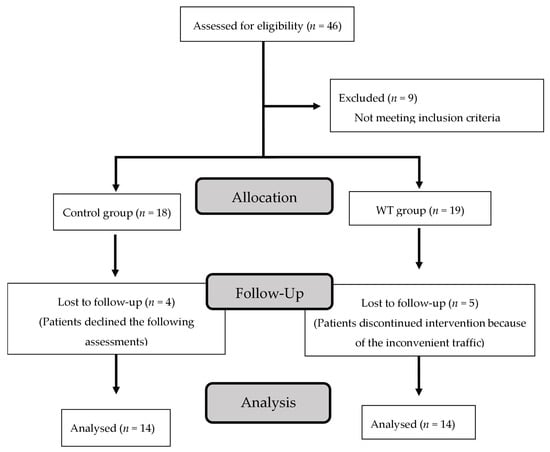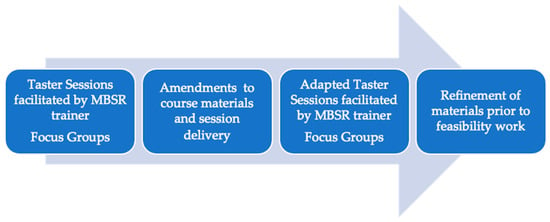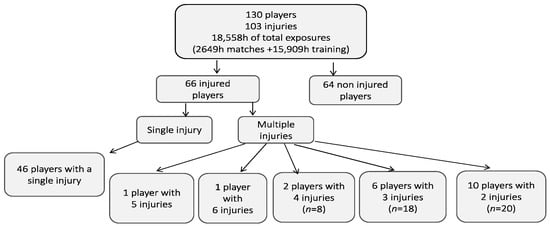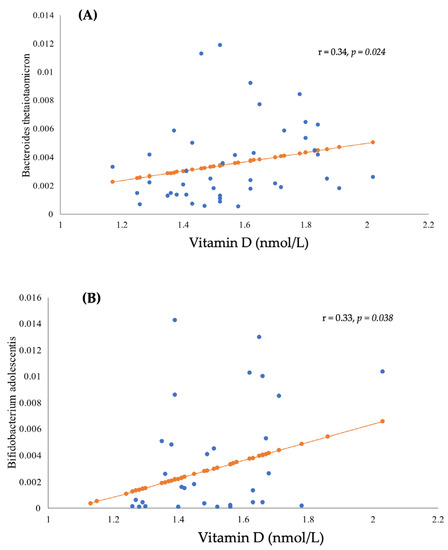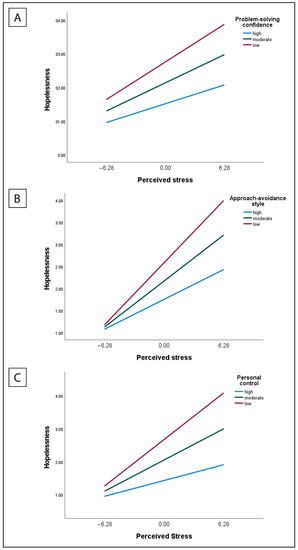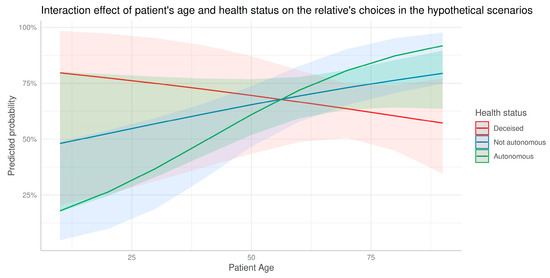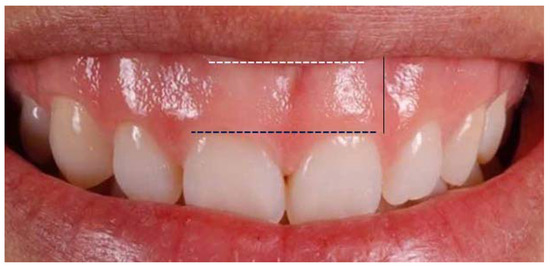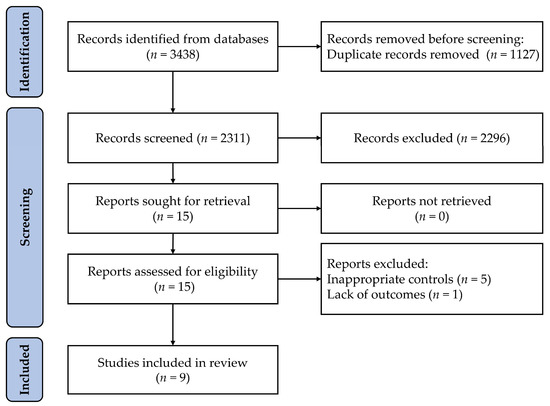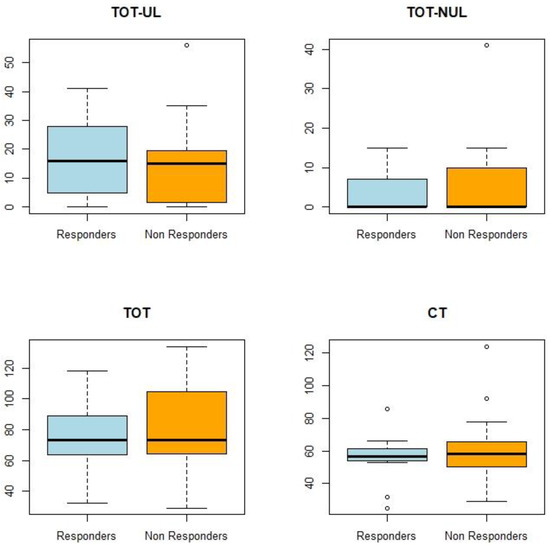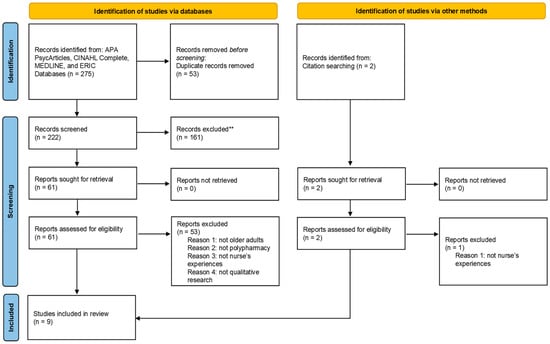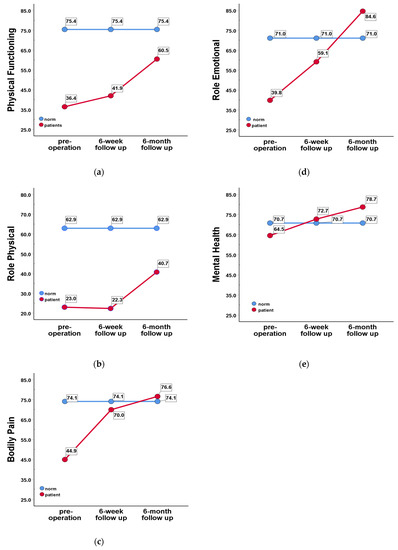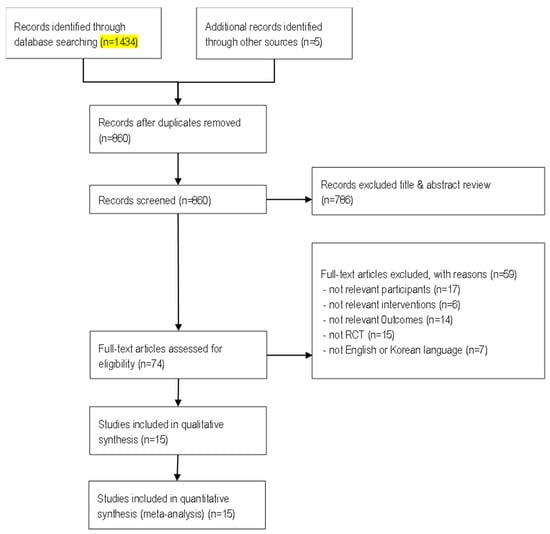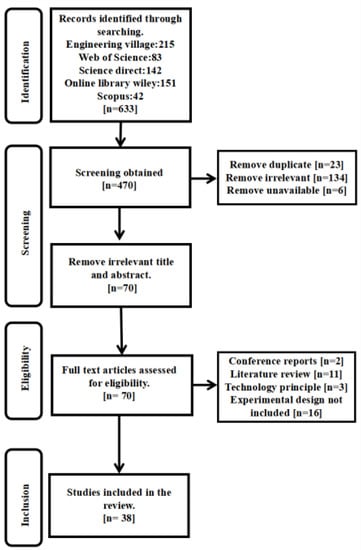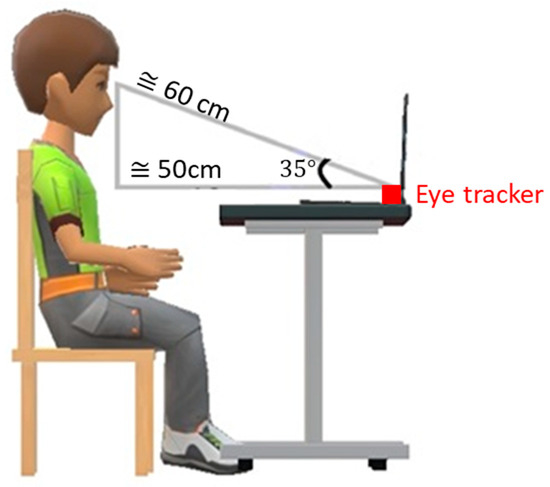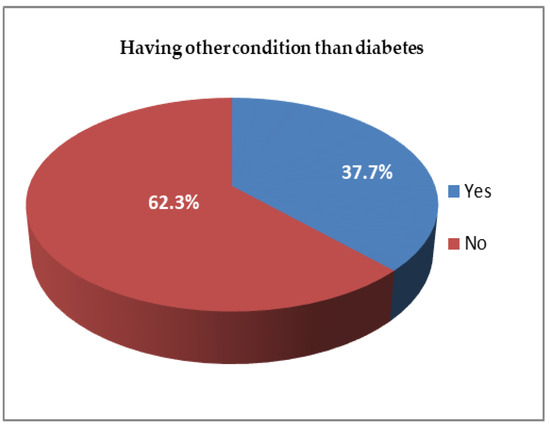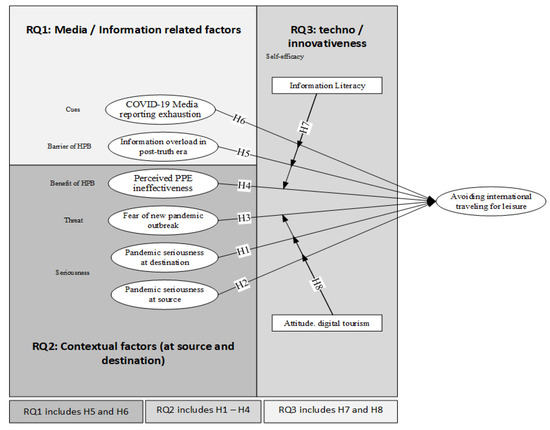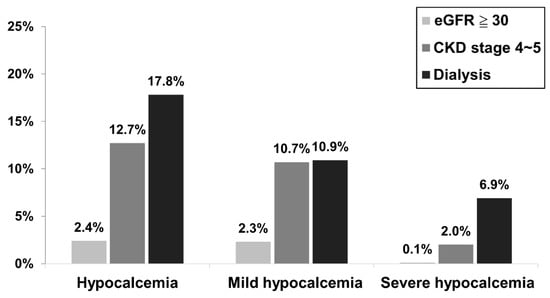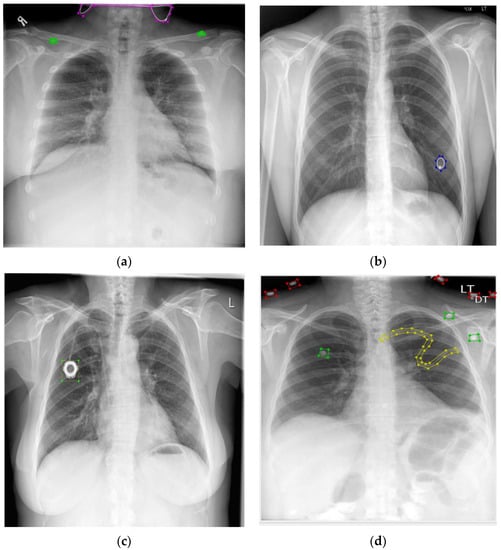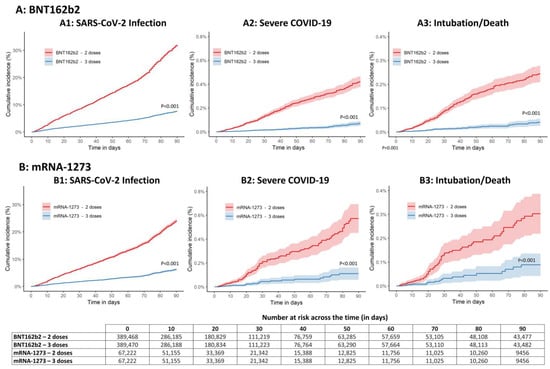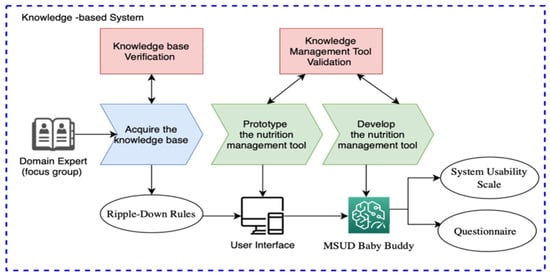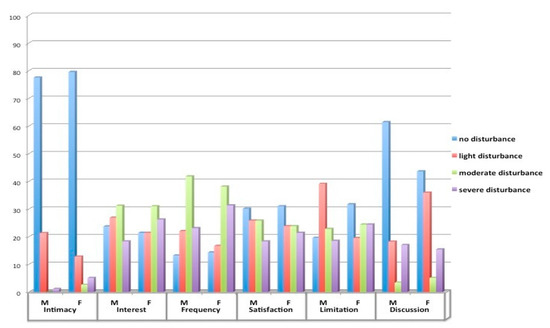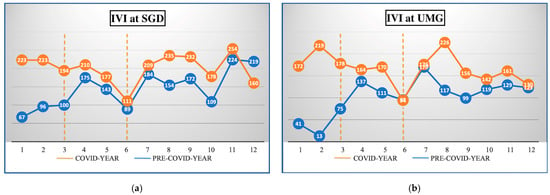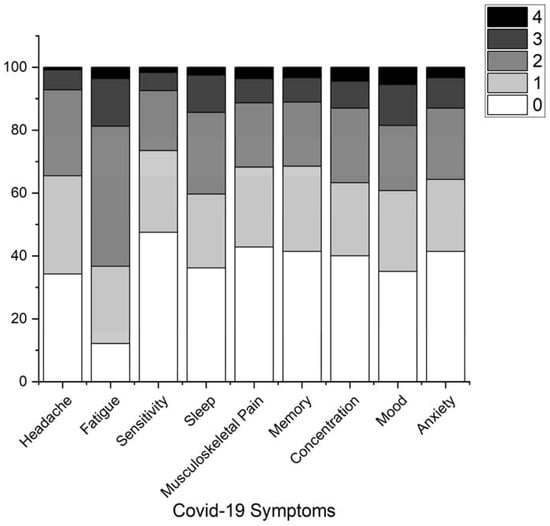Healthcare 2023, 11(3), 373; https://doi.org/10.3390/healthcare11030373 - 28 Jan 2023
Cited by 14 | Viewed by 3198
Abstract
Romania has a poor uptake of COVID-19 vaccination in its population. The study objectives were to evaluate the differences between vaccinated and unvaccinated hospitalized COVID-19 patients with regard to disease severity, intensive care need, and mortality during the fourth and the fifth wave
[...] Read more.
Romania has a poor uptake of COVID-19 vaccination in its population. The study objectives were to evaluate the differences between vaccinated and unvaccinated hospitalized COVID-19 patients with regard to disease severity, intensive care need, and mortality during the fourth and the fifth wave of the pandemic associated with the Delta and Omicron variants of concern. A retrospective study on a cohort of hospitalized COVID-19 patients was performed in a Romanian tertiary hospital for infectious diseases. Multivariate logistic regression models were built predicting severe/critical COVID-19, intensive care need, and death as a function of vaccination status and adjusted for age, comorbidities, and wave of the pandemic. 2235 COVID-19 patients were included, and vaccination status, as a primary vaccination or a booster dose, was described in 750 (33.5%). Unvaccinated patients were older, with more cardiovascular and endocrine diseases, a longer duration of hospitalization, a higher percentage of severe/critical COVID-19, need for intensive care, and death (p < 0.05). The multivariate logistic regression models adjusted for age and comorbidities showed higher odds ratio for severe/critical COVID-19, intensive care need, and mortality in unvaccinated versus vaccinated patients. Our results support vaccination to prevent severe outcomes associated with COVID-19 due to both variants of concern.
Full article
(This article belongs to the Section Healthcare in Epidemics and Pandemics)
►
Show Figures
